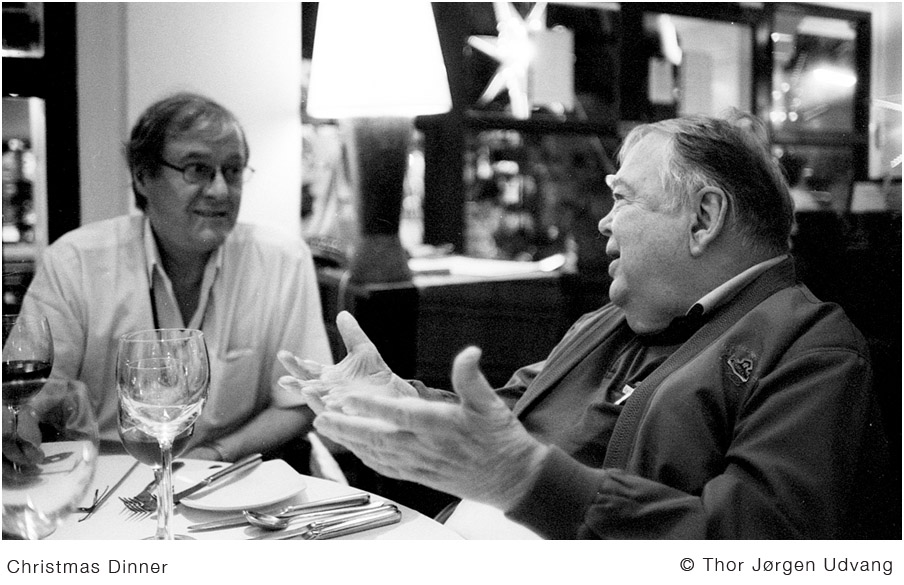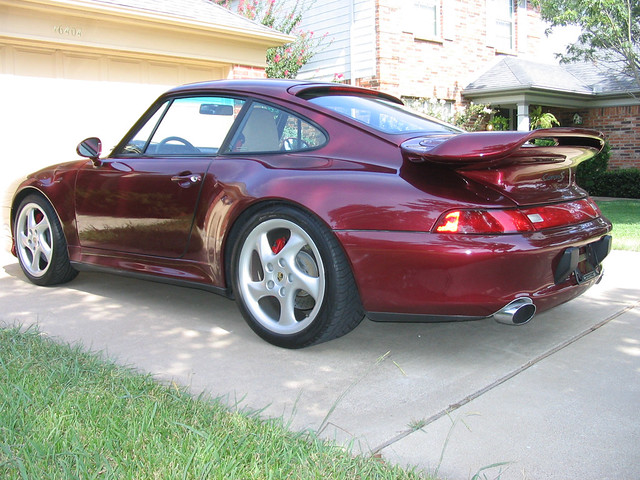Amin
Active member
I'm currently using 4 systems: MFT, NEX, Fuji, and Leica M
MFT gives me a few things none of the others do:
1) It still has the best AF system for my needs of any camera system I have ever owned, including Nikon D700/D600
2) It can go smaller than the rest. My E-PM2 and Pana 14 or Rokinon fisheye or Olympus 45 are a good bit smaller than comparable combos in other interchangeable lens systems
3) It's got a more versatile lens lineup than the others. The Olympus 75, for example, has no replacement in any of the small systems. Closest thing would be an APS-C camera with a 100mm prime, and none of those give the size/performance. Also no replacement for my Pana 100-300 in other smallish systems. Etc etc.
4) Better stabilization - The OMD stabilizes primes (native and adapted) better than any other camera I have used.
5) Touch autofocus and shutter release - MFT cameras still have the best implementation of this
Eventually the other systems may catch up in all respects, but as long as we have the single sensor camera, the 4/3 sensor size will represent one compromise between size and capability, and it should continue to allow for smaller gear than a larger sensor would do.
There is one as of yet unexplored way to continue to push the sensor technology forward, and that is to develop specialized low base ISO sensors for landscape photography. A MFT camera with a base ISO of 25 should be able to achieve the same dynamic and tonal range as a full frame sensor with a base ISO of 100. A great prime which is optimized for low f-stops, paired with a MFT camera with a base ISO of 25, could be a mean landscape pairing.
MFT gives me a few things none of the others do:
1) It still has the best AF system for my needs of any camera system I have ever owned, including Nikon D700/D600
2) It can go smaller than the rest. My E-PM2 and Pana 14 or Rokinon fisheye or Olympus 45 are a good bit smaller than comparable combos in other interchangeable lens systems
3) It's got a more versatile lens lineup than the others. The Olympus 75, for example, has no replacement in any of the small systems. Closest thing would be an APS-C camera with a 100mm prime, and none of those give the size/performance. Also no replacement for my Pana 100-300 in other smallish systems. Etc etc.
4) Better stabilization - The OMD stabilizes primes (native and adapted) better than any other camera I have used.
5) Touch autofocus and shutter release - MFT cameras still have the best implementation of this
Eventually the other systems may catch up in all respects, but as long as we have the single sensor camera, the 4/3 sensor size will represent one compromise between size and capability, and it should continue to allow for smaller gear than a larger sensor would do.
There is one as of yet unexplored way to continue to push the sensor technology forward, and that is to develop specialized low base ISO sensors for landscape photography. A MFT camera with a base ISO of 25 should be able to achieve the same dynamic and tonal range as a full frame sensor with a base ISO of 100. A great prime which is optimized for low f-stops, paired with a MFT camera with a base ISO of 25, could be a mean landscape pairing.


